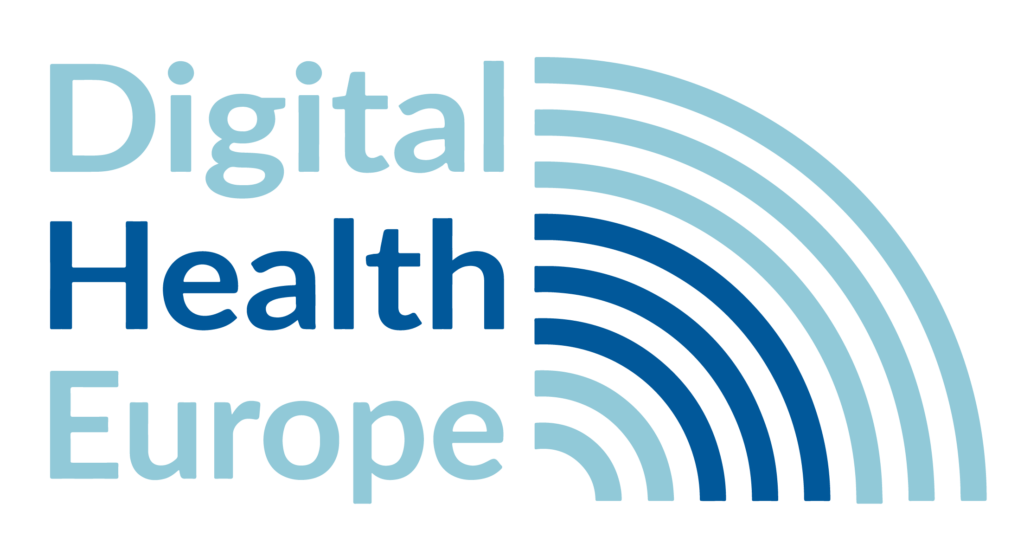The Artificial Pancreas Device System is a system of devices that closely mimics the glucose regulating function of a healthy pancreas.
Most Artificial Pancreas Device Systems consists of three types of devices already familiar to many people with diabetes: a continuous glucose monitoring system (CGM) and an insulin infusion pump. A blood glucose device (such as a glucose meter) is used to calibrate the CGM.
A computer-controlled algorithm connects the CGM and insulin infusion pump to allow continuous communication between the two devices. Sometimes an artificial pancreas device system is referred to as a “closed-loop” system, an “automated insulin delivery” system, or an “autonomous system for glycemic control.”
An Artificial Pancreas Device System will not only monitors glucose levels in the body but also automatically adjusts the delivery of insulin to reduce high blood glucose levels (hyperglycemia) and minimize the incidence of low blood glucose (hypoglycemia) with little or no input from the patient.
The FDA is collaborating with diabetes patient groups, diabetes care providers, medical device manufactures, researchers, and academic investigators to foster innovation by clarifying agency expectations for clinical studies and product approvals. These efforts have accelerated the development of the first hybrid closed loop system, the Medtronic’s MiniMed 670G System.
The FDA’s guidance, The Content of Investigational Device Exemption (IDE) and Premarket Approval (PMA) Applications for Artificial Pancreas Device Systems, addresses requirements for clinical studies and premarket approval applications for and artificial pancreas device system, and provided a flexible regulatory approach to support the rapid, safe and effective development of artificial pancreas device systems.
